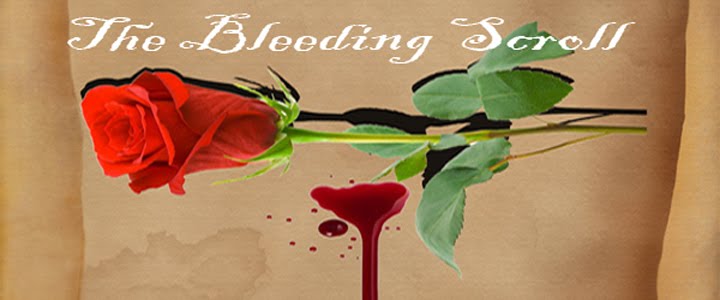1960 was an interesting year. It was the dawn of one of the lousiest
decades in the history of the American cinema (ok, most of a decade, the
salvation came in 1967), but it also had the amazing film Psycho to give us
some hope and grandeur for this decade. As it turned out, in Italy things were
a little better, as can be shown by the rise of the Giallo movies. One of them,
one of the earlier ones, is "Black Sunday", also known as The Mask of
Satan. And it is still a very nice movie.
It is a story, a movie, about the consequences of the witch hunting of
the 17th century. It is a film about the way Satan worshipers
torment the pure of hearts, and how they fight back. It is a story about love. It
is also a movie that stands to its title, to its rank, that time only
benefitted it.
And like with all early masterpieces that still hold their charm, this
movie has a lot to teach us. I, for once, wanna concentrate on the scenery. Especially
the castle, the old dark castle. This castle is based around the gothic
tradition- it is old, it is gloomy, it is filled with paintings of important
figures from older times. It is also a castle made of narrow corridors and full
of rooms and doors, not to mention some secret passages.
And this gives the director a lot to work with. The paintings can be
used for foreshadowing; the gloomy and dark looks of the castle for the mod
setting. But especially important are the narrow corridors filled with doors
and the secret passages. The first one is important mainly because it gives the
monsters the ability to attack from wherever they want. Through this we get a
larger sense of paranoia and a greater fear of the unknown- after all, we know
the monster will attack, but we don't know from where.
The secret passage is important from this reason, but also from a far
more important one- it helps the director to control the pace- when the
corridor will be revealed, we will enter the last phase. This is an important
tool to have in the arsenal, as it helps to move past scenes of dwindling
importance, action or dread-building.
And we, as GMs, don't have to limit ourselves to just old castles, we
can use asylums, or hunted houses, or so much more. The important lesson from
this movie, though, is to think about the scenery, to try to think and understand
why do we want such a scenery and how can we utilize it. Hopefully, we'll get
far greater benefits from our sceneries if we'll think about those questions.
How about you? What did you think about this movie? And what have you
taken from it?

No comments:
Post a Comment